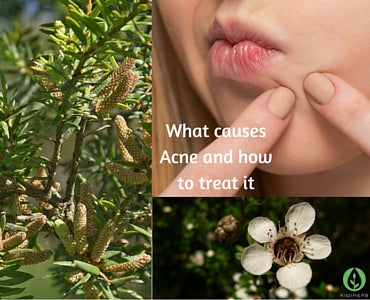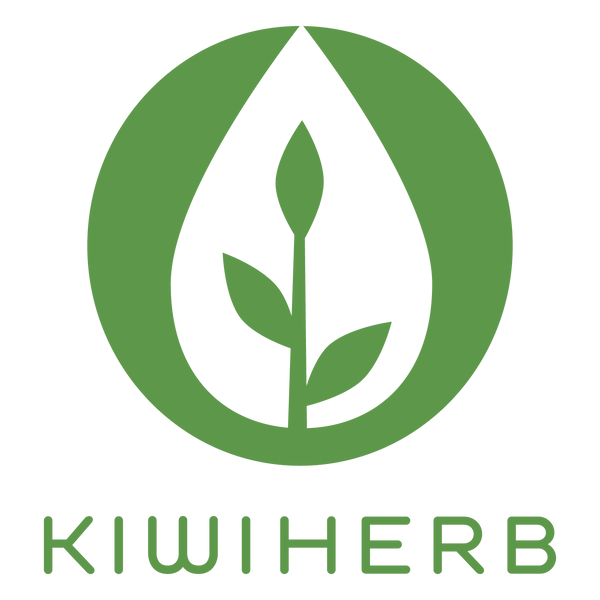
What causes Acne and how to treat it
For some it is a benign cluster of white spots on the chin, for others an oily blanket of painful lumps across the back and chest. For some it is a monthly occurrence, wee friends sprouting up overnight to say hello, while for others they just never seem to go away. Acne comes in many forms, and none of them, despite my language, are really that friendly. Having acne can be a serious slap to self-esteem, often at a time when we are already vulnerable (at puberty for example, or before a period). Thankfully our real friends, the herbs, are here once more to offer help and effective treatments both inside and out for banishing and healing spots, whatever shape and size.
Acne vulgaris (Latin names can be awfully descriptive) is a condition whereby inflammation of the skin follicles is triggered by a combination of hormones and bacteria (Propionibacterium acnes). Hormones trigger increased sebum (oil) production, and blockages are caused when dead skin cells get stuck in the oil and bacteria then decide it’s a nice cosy place to set up camp. This whole micro-environment becomes a place of inflammation and imbalance, and so it becomes essential to re-balance the external environment (the skin) and the internal environment (especially how the body deals with hormones).
Topically (which means on top of the skin), acne can be improved by using agents which are anti-bacterial, anti-inflammatory, and astringent. New Zealand has two powerfully acting native plants which are perfectly suited to this task; Totara and Manuka.
Totara is a large and ancient tree which has been prized by both Maori and European settlers due to its ability to resist rot and decay, making it useful for boats, fence posts, the pilings for wharves etc. This innate ability is now thought to be primarily due to the extract Totarol, which is anti-bacterial and anti-oxidant, and therefore an excellent choice for acne and why it is the key ingredient in our Skin Clear Gel. Oxidation is a key part of the inflammatory process which feeds acne, so anti-oxidant properties are essential in its treatment.
Manuka is not only known for its potent antimicrobial and anti-inflammatory actions, but also its astringency. Astringency describes the action of drawing the tissues together and tightening the pores which promotes healing, and also counters excess oil production. Because Manuka can also target the bacteria itself and the subsequent inflammation, it is well suited to healing acne.
The two most important components for internal treatments of acne are firstly to use agents which increase tissue repair and reduce inflammation, and secondly to encourage good clearance of hormones via the liver.
Echinacea root is a powerful tool in the treatment of acne, and many herbal practitioners utilise this herb when treating such conditions. The many different ways Echinacea acts in the body make it a perfect holistic treatment for acne. Echinacea has immune-enhancing and anti-inflammatory activity, anti-bacterial action, and improves tissue repair. It also has a gentle cleansing action, encouraging the removal of wastes via the lymphatic system.
Liver support herbs such as Dandelion Root, Globe Artichoke and Milk Thistle all help to improve the liver’s natural function as a metaboliser of hormones. Improving clearance of hormones helps to address one of the root causes of acne. This can be further helped by a diet low in sugar and high in fibre (fresh fruits and vegetables, wholegrains, ground linseeds).
So whatever shape and size your spots come in, rest assured there are some natural allies you can employ to not only heal up your skin and prevent scarring, but also to prevent more spots arriving to join the party!
